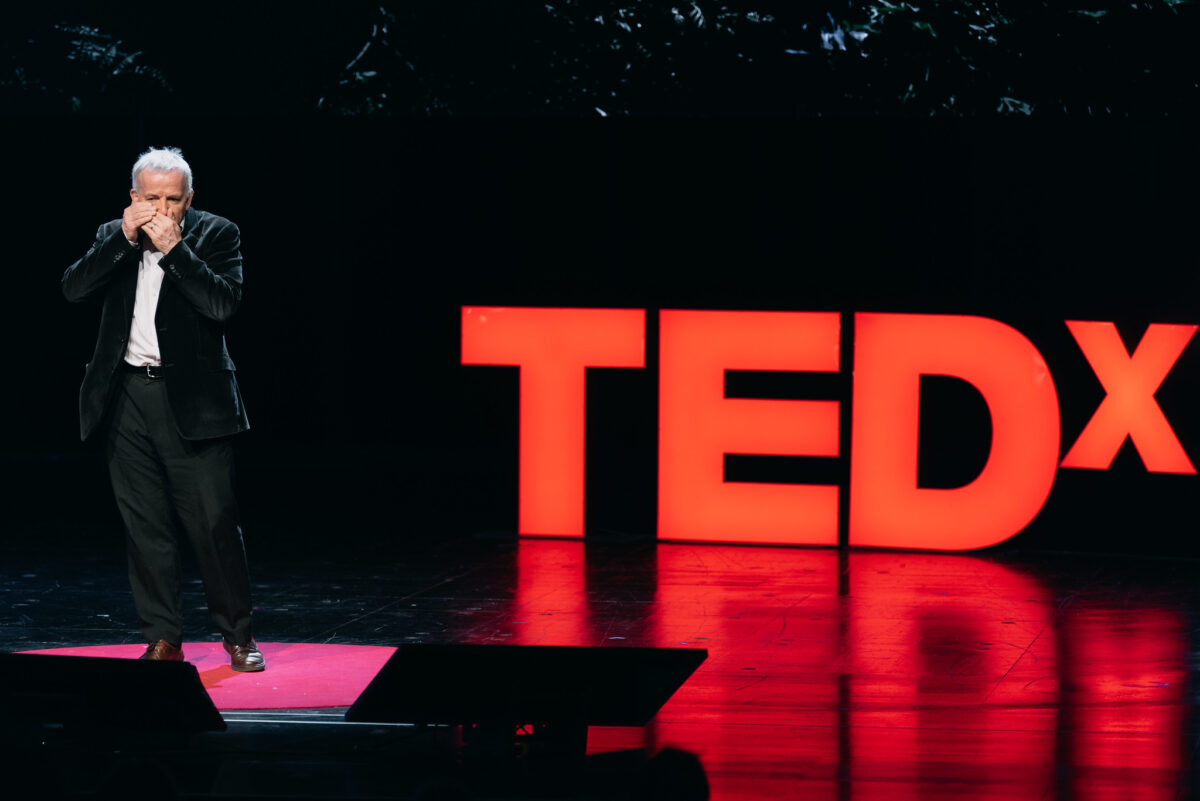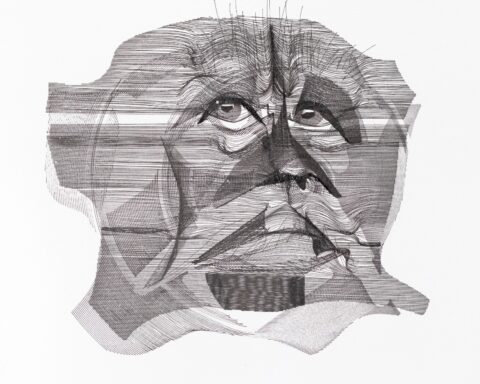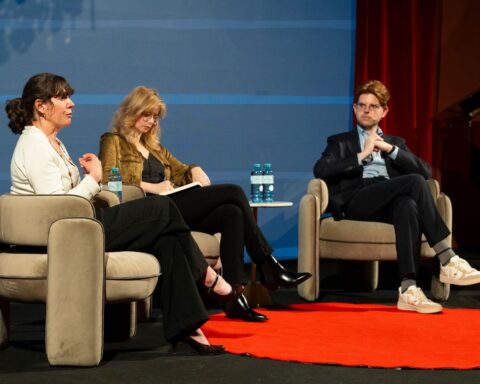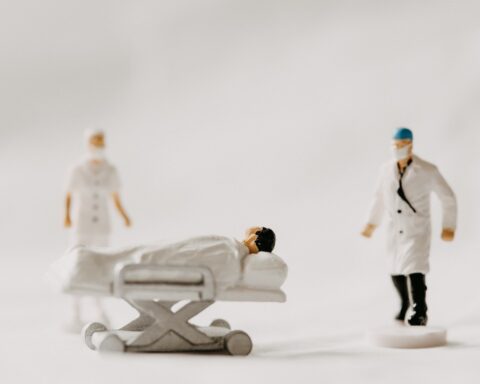You might know David M. Howard, head of Department of Electronic Engineering at Royal Holloway, as part of the team of scientists that was able to reconstruct the vocal tract of the 3000 year old mummy of pharaoh Nesyamun. At TEDxVienna 2021, I had the chance to talk to David about speech behavior, vocal resilience, and the potentials of vocal tract reconstruction.
Mr. Howard, congratulations on your amazing talk! What did it feel like standing on our TEDxVienna stage?
TEDx has been something I’ve wanted to do for 25 years, since I heard Ken Robinson talk about creativity! When it comes to major talks, I have a way of preparing, which is a combination of concentrating, relaxing, and standing tall. So, when I was standing in the wings, watching the previous speaker finish, I was acutely aware that it was coming up, and that raises the heart rate. But I’ve always said: If you don’t feel nervous, it won’t go well!
As someone who’s talk and work revolves around the voice, do you feel like you notice your own voice and speech behavior more frequently?
I’m listening to my voice all the time. It’s less about the sound, you can be very aware of whether things are working properly and particularly if you have a pain in the larynx area. For me, it comes from chorus singing. The preparation for going up and singing is something which hopefully involves warm up exercises and getting your stance right. It not just focuses the speech organs, it also focuses the mind on what you’re going to say and why. The very first thing you say has to be worked out. That’s the critical thing that launches you into the talk. You untie the boat in its sailing.
“It’s not just about what you say, it’s about how you’re saying it.”
David M. Howard
You go to university and they teach you about presentations, but they don’t talk about the voice. And the other thing they don’t talk about is the role of eye contact. We recognize greatness in speakers because we experience them. Some speakers are perceived better than others, but people can’t pin down why. I bet it’s got to do with eye contact. If the eye contact breaks, something else breaks, and the people can see that you’re no longer engaged. That’s one thing I find excruciating about online communication. If I’m talking to you through online communication programs, I’m looking at your eyes on the screen, but the camera’s further up. I’m not looking at your eyes, I’m looking below them. If I had an engineering solution, I would want to design a monitor where the eyes of the person you’re looking at is at the camera’s height. I think that would make a stunning difference.
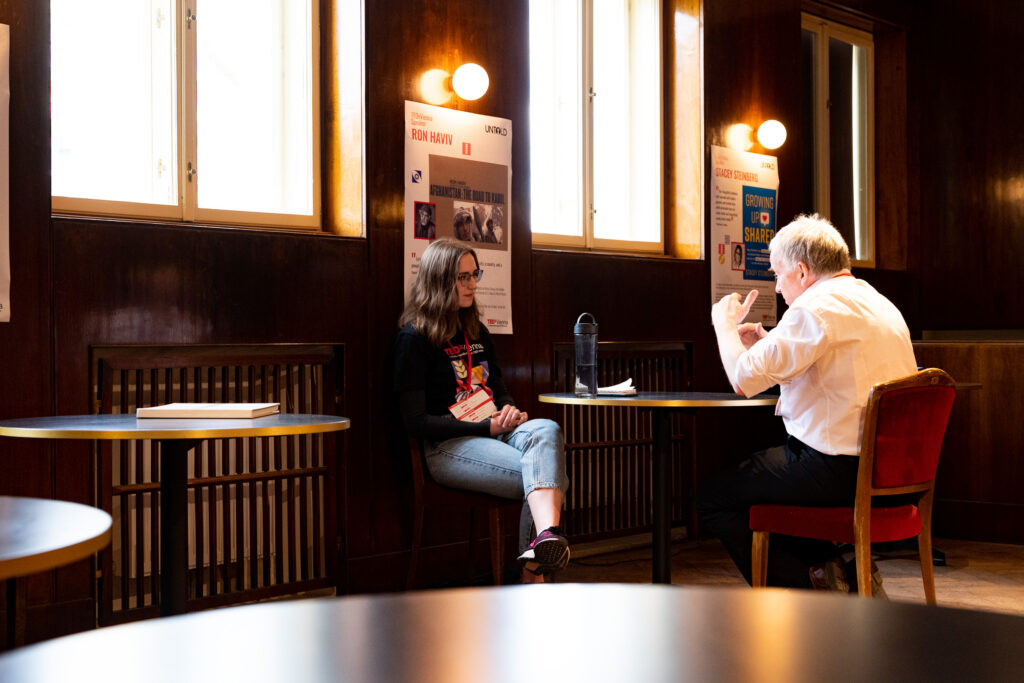
You were part of the team of scientists who reconstructed the vocal tract of pharaoh Nesyamun – If you could do the same with someone else out of human history, whose voice would you want to hear?
Shakespeare. To write that sort of English, I reckon he knew how he wanted it to be spoken!
What potential do you see in the reconstruction of the vocal tract?
Princess Anne once came around an exhibition which we had as the Royal Academy of Engineering was coming to York for an evening of looking at engineering at the University of York, and I showed her the vocal tract models. She held one and asked: ‘does this mean that we could 3D-print a vocal tract for someone who’s actually lost part of their face?’. And I said ‘Yes, Ma’am, if we could 3D-print human flesh!’. If somebody has lost part of their face or neck as part of an accident, for example, how do we rebuild it? Here’s a mad idea: Supposing you were a singer, and you were struggling to become an opera singer, and supposing we could take the shape of your vocal tract, and put it into a computer. We could then edit the shape and put a sound through, and you could decide which voice you want. A designer voice! We could take that vocal tract as a model for the ENT surgeon who’s rebuilding your vocal tract to rebuild your bones to have the right cavities in the right places. The problem here is ethics. We could use this even better for a person who’s had an accident and had parts of their neck injured, we could change the rebuilt shape of the part which has to be rebuilt in order for them to survive.
“I think it’s entirely plausible that there will be the ability to model and re-model the acoustical tracts. It only takes too long at the moment.”
David M. Howard
I do some work with the alaryngeal choir from Shout At Cancer, which is an interesting concept for people who have had a laryngectomy – their larynx taken out. The deal here is, how do you set up a choir with a group of people who don’t have a larynx? They can’t sing in the same way you and I might do, but they can do rhythmic parts. As far as I’m aware, you can’t tune esophageal speech (editor’s note: esophageal speech is a communication technique for laryngectomy patients, in which air is swallowed into the esophagus and then pushed back up through the pharynx) because the esophagus doesn’t have muscles in it like the vocal folds. You get a kind of belched speech. It’s an extraordinary project, because the members of the choir get a group singing experience, but the output is completely different.
In addition to the term ‘resilience’ gaining importance over the last years of pandemic, vocal resilience also plays a big role in your talk. Do you have tips for our readers to keep their voices resilient in a world that is getting gradually louder?
It’s about keeping the engine well-oiled with the right substances.
- Drink plenty of water. It’s easy, but it’s often forgotten. And look out for drinks with caffeine or alcohol.
- Don’t eat fatty foods before a talk. If you have a conference and they’re putting out coffee and chocolate buns, put them away for later and use them as a reward. You need the glands to produce saliva for the vocal folds, and if you’re full of high-cholesterol food your pitch range is compromised and you often get a claggy and creaky voice.
Thinking of the future – where do you see your field of research going? Is there any project on your mind?
Yes there is! It’s the vocal tract organ itself. I’m an organist, I do a lot of music. I want to design a keyboard instrument, a vocal tract organ, which stays in just intonation, which shifts its pitch as you modulate. That means it has to retune itself electronically, whilst you are playing it. The guts of it are there, they’re just not working yet. It’s going to have stops on it, which are labled, for example, ‘male a/e/i/u/o’. I’ve written a synthesis of the larynx function, which I can control via keyboard. When you press a midi-note, it plays a larynx-function. So, if you stick a plastic vocal tract on top, you get a sound! I’m also planning on doing some more vocal tract MRI analysis.
The ability to sing notes, the vibrato, the pitch changes – It’s an absolutely remarkable natural phenomenon, the larynx. It’s very delicate and we can make delicate control on it.
David M. Howard
Want to find out more about David M. Howard’s project on reconstructing the voice of pharaoh Nesyamun? Watch his fascinating TEDxVienna 2021 talk here:

